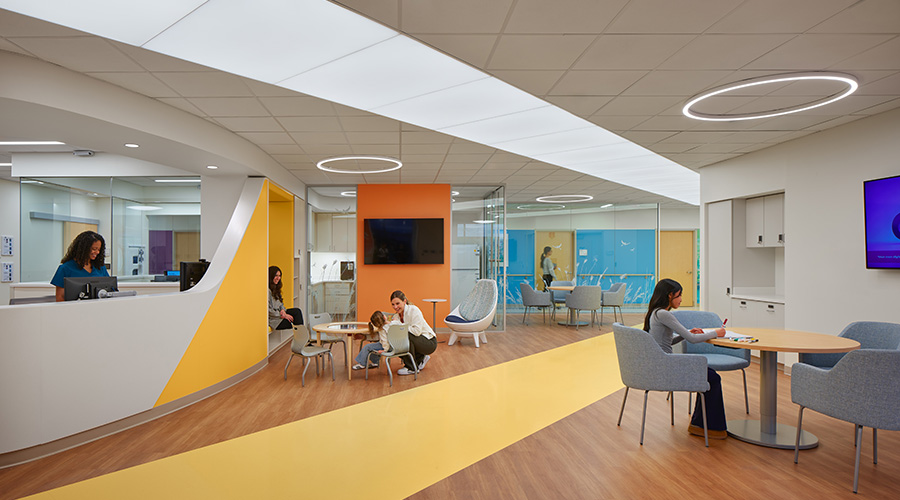Rubber flooring can help with ergonomic benefits that enhance workplace safety and productivity and curb muscle fatigue, according to an article on the Healthcare Construction & Operations website.
Rubber flooring also resists chemicals and disinfectants, such as betadine and most spills can be removed easily without residual staining. The floor’s naturally bacteriostatic and fungistatic properties continue to inhibit the growth of bacteria.
The absence of fumes associated with some cleaning products contributes to improved indoor air quality, as does the absence of PVCs, plasticizers or halogens in the flooring.
The appearance of the floor can impact patients and staff. A soft, warm color palette in patient rooms and recovery areas can help relax the patient while areas geared toward children often rely on bright colors.

 Contaminants Under Foot: A Closer Look at Patient Room Floors
Contaminants Under Foot: A Closer Look at Patient Room Floors Power Outages Largely Driven by Extreme Weather Events
Power Outages Largely Driven by Extreme Weather Events Nemours Children's Health Opens New Moseley Foundation Institute Hospital
Nemours Children's Health Opens New Moseley Foundation Institute Hospital Code Compliance Isn't Enough for Healthcare Resilience
Code Compliance Isn't Enough for Healthcare Resilience Ribbon Cutting Marks First Phase Completion for New Montefiore Einstein Facility
Ribbon Cutting Marks First Phase Completion for New Montefiore Einstein Facility